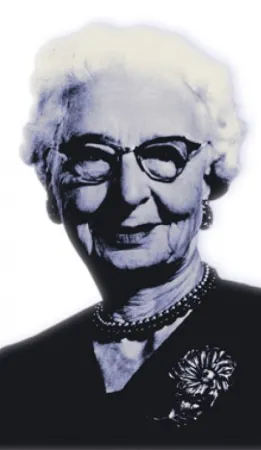Saving Canada’s wheat
This article was originally written and submitted as part of a Canada 150 Project, the Innovation Storybook, to crowdsource stories of Canadian innovation with partners across Canada. The content has since been migrated to Ingenium’s Channel, a digital hub featuring curated content related to science, technology and innovation.
Molly Gatt
Algonquin College Journalism Program
In 1916, Canada had its worst season for wheat with 200 million dollars in loss from bad crops. The crops were infected with a wheat rust organism also known as a fungus, which made the grain unusable. That same year, Margaret Newton, in her second year of university, was part of the first team to study wheat rust. From then on Newton would devote 25 years of her life to pathology and studying rust spores to save Canada’s wheat.
In 1922 Newton was the first woman in Canada to gain her PhD in agricultural sciences. Winnipeg had set up a laboratory to study wheat rust and the minister of agriculture appointed Newton to lead the facility after she gained her PhD.
She was known to never stop working – often pushing herself to exhaustion. But during her rare periods of down time, Newton would go on long canoe trips and other such ventures. Eventually her hard work paid off, as losses in wheat revenue due to rust dropped to almost zero by the time she retired.
As the top authority on wheat rust, Newton won the Flavelle Medal, an award given to the most exemplary achievement in biological science. Unfortunately Newton was forced into an early retirement because she hadn’t used protective gear while working with the rust spores, leading to serious breathing issues. She died in 1971, and was inducted into the Canadian Science and Engineering Hall of Fame in 1992.


















